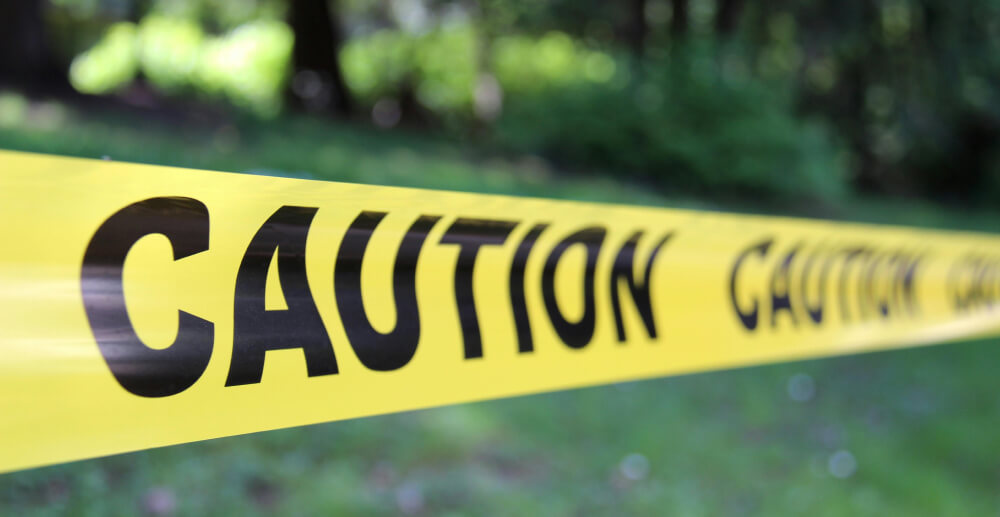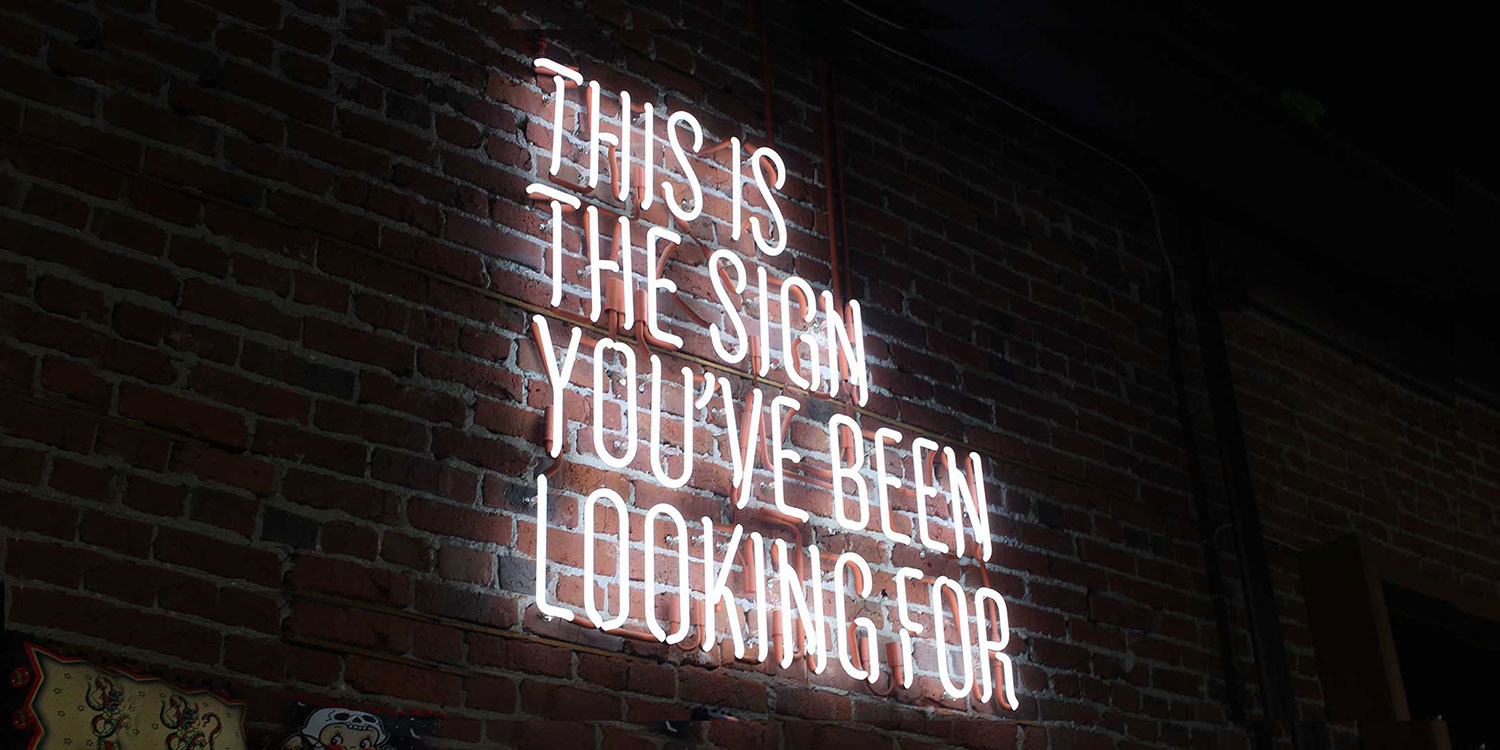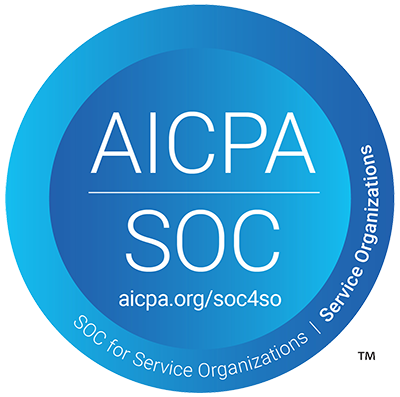Anxiety is the most common mental health disorder in the U.S., impacting 40 million adults.
While anxiety is treatable, more than 6 out of every 10 people suffering from anxiety do not receive treatment for it. That’s about 24 million people struggling with their anxiety, untreated. Given how prevalent anxiety is—and how commonly people with substance use disorder also struggle with anxiety—we’re going to give you an overview of anxiety, how it intersects with addiction, and some of the most commonly prescribed non-addictive anxiety medications.
What is anxiety?
You might think anxiety is just feeling stressed or apprehensive, but there’s actually a range of anxiety disorders with related but distinct symptoms. The Anxiety and Depression Association of America recognizes these nine types of anxiety:
-
- Generalized anxiety disorder (GAD): Includes persistent and excessive worry even when there is no apparent reason for concern, restlessness, and difficulty concentrating. GAD has similar symptoms to panic disorder and obsessive-compulsive disorder. It affects 6.8 million adults in the US population.
- Panic disorder: Is characterized by panic attacks. Panic disorder affects 6 million American adults.
- Social anxiety disorder: Affects social interactions and causes irrational anxiety. Social anxiety disorder affects 15 million adults in the U.S.
- Specific phobias: Phobias go beyond being a little scared—a phobia is the persistent and excessive fear of an object, person, animal, or situation. Phobias affect 19 million adults in the U.S.
- Stress: Everyone experiences stress and anxiety in their lives. Technically, anxiety is a response to stress, while stress is in response to a threat. According to the American Psychiatric Association, one-third of Americans live with extreme stress and just over half of the population believe that their stress has increased over the past 5 years.
- Obsessive-compulsive disorder (OCD): Characterized by excessive orderliness, unreasonable thoughts and fears, and compulsive behaviors. OCD affects 7.7 million American adults.
- Post-traumatic stress disorder (PTSD): This disorder is typically characterized by difficulty recovering from a traumatic experience. Symptoms may include flashbacks, nightmares, feeling a sense of threat when there isn’t one, heightened anxiety, or depressed mood. PTSD is more common among women than men, and it impacts 7.7 million Americans.
- Major depressive disorder (MDD): This is the leading cause of disability in the US for people aged 15-43, affecting 16.1 million adults. Symptoms include irritability, trouble sleeping, sadness, anxiety, restlessness, mood swings, changes in appetite, isolation, crying, weight loss or gain, and ruminating.
- Persistent depressive disorder: This chronic form of depression lasts for at least two years. It affects 1.5 percent of the American population.
Do people with addiction also suffer from anxiety?
Yes. As the list above illustrates, anxiety disorders affect millions of Americans. Anxiety disorders co-occur with substance use disorders at a high rate. Anxiety and substance use disorders are often risk factors for one other. This means that people with addiction are at increased risk of suffering from anxiety, and those with anxiety are at increased risk of suffering from addiction. According to the Substance Abuse and Mental Health Services Administration (SAMHSA), people with substance use disorders are more likely to have co-occurring mental disorders, including depressive disorder, anxiety disorders, ADHD, eating disorders, and personality disorders.
Co-occurring disorders can have a significant impact on a person’s life—emotionally, physically, socially, and economically. Unfortunately, there remain treatment gaps in the behavioral health field in treatment approaches for both conditions. This makes it particularly important for addiction treatment professionals (or people in recovery) to expect mental illness at some point within recovery.
For those not in recovery, it’s important to note that certain substances can exacerbate anxiety, including alcohol, benzodiazepines, amphetamines (methamphetamine and Adderall), cocaine, and opioids. It’s not unusual for people to use these substances to self-medicate anxiety or other types of mental illness.
It’s vital that those with substance use disorder seek help for their addiction which will help reduce symptoms of anxiety.
Anxiety symptoms to watch out for
Above, we listed the main symptoms associated with each disorder. However, it’s also helpful to have a short list of symptoms to watch out for on hand:
- Restlessness/feeling on edge
- Excessive worry
- Difficulty concentrating
- Tension in your body
- Changes to sleep patterns
- Lack of tolerance/irritability
If you experience any of these symptoms, you may want to discuss them with your medical provider. You don’t have to wait for these symptoms to cause you a certain amount of pain or distress—if you’re concerned about the anxiety symptoms you’re feeling, that’s a good enough reason to talk to your provider.
Non-addictive anxiety medications
Many people with addiction are wary of taking medication for their mental health because they fear new substance use disorders. And it is true that some anxiety medications (like benzodiazepines) can become addictive. But there are also many non-habit-forming anxiety medications. Some non-addictive anxiety medications include:
- Hydroxyzine (Vistaril): A non-habit-forming antihistamine that has a calming and sedative effect. Possible side effects of hydroxyzine are usually minimal, and include dry mouth, constipation, confusion, dizziness, and headache.
- SSRIs: Selective Serotonin Reuptake Inhibitors are used to treat many of the anxiety disorders listed above, including GAD, OCD, panic disorder, phobias, and PTSD. They work by increasing the neurotransmitter serotonin, which is responsible for mood. SSRIs are non-habit-forming and usually have minimal side effects. Possible side effects of SSRIs include nausea, headache, drowsiness, dry mouth, insomnia, nervousness, sexual problems, and impact on appetite. Some commonly prescribed SSRIs are:
- escitalopram (Lexapro®)
- fluoxetine (Prozac®)
- citalopram (Celexa®)
- paroxetine (Paxil®)
- sertraline (Zoloft®)
- SNRIs: Serotonin and Norepinephrine Reuptake Inhibitors do the same thing as SSRIs, but also increase the chemical messenger norepinephrine, which increases alertness and arousal affecting a person’s mood and ability to focus. Possible side effects of SNRIs include nausea, dry mouth, dizziness, headache, excessive sweating, tiredness, constipation, changes in sexual function, and loss of appetite. SNRIs approved to treat anxiety are:
- Duloxetine (Cymbalta®)
- Venlafaxine (Effexor XR®)
- Beta-Blockers: Although not specifically approved for the treatment of anxiety, beta-blockers are often prescribed off-label for anxiety disorders. They work by blocking the effects of epinephrine (adrenaline), which lowers the heartbeat and reduces the physical sensations of anxiousness. They are particularly helpful for when people experience anxiety in specific situations, like public speaking, but not appropriate for some other kinds of anxiety. The most common beta-blocker available is propranolol (Inderal®).
- Buspirone: This medication influences neurochemical messaging of a serotonin receptor, changing the balance of neurotransmitters in the brain. Buspirone doesn’t have some of the sexual side effects that can be present with SSRIs and SNRIs. Possible side effects of buspirone include dizziness, nausea, headache, fatigue, difficulty falling asleep or staying asleep, lightheadedness, and increased sweating. Buspirone can take 4-6 weeks to achieve efficacy. Brand names of buspirone include:
- Buspar®
- Vanspar®
It can take time to find the anxiety medication and dosage that works well for you. Your medical provider will be able to discuss your specific concerns and make recommendations. Many people find that the most effective treatment plan for anxiety is a combination of medication and psychotherapy.
Additional resources for anxiety
There are a number of helpful tools and resources available from the following organizations about anxiety disorders:
National Alliance on Mental Illness
Anxiety and Depression Association of America
Centers for Disease Control and Prevention, Division of Mental Health
National Institute on Mental Health









